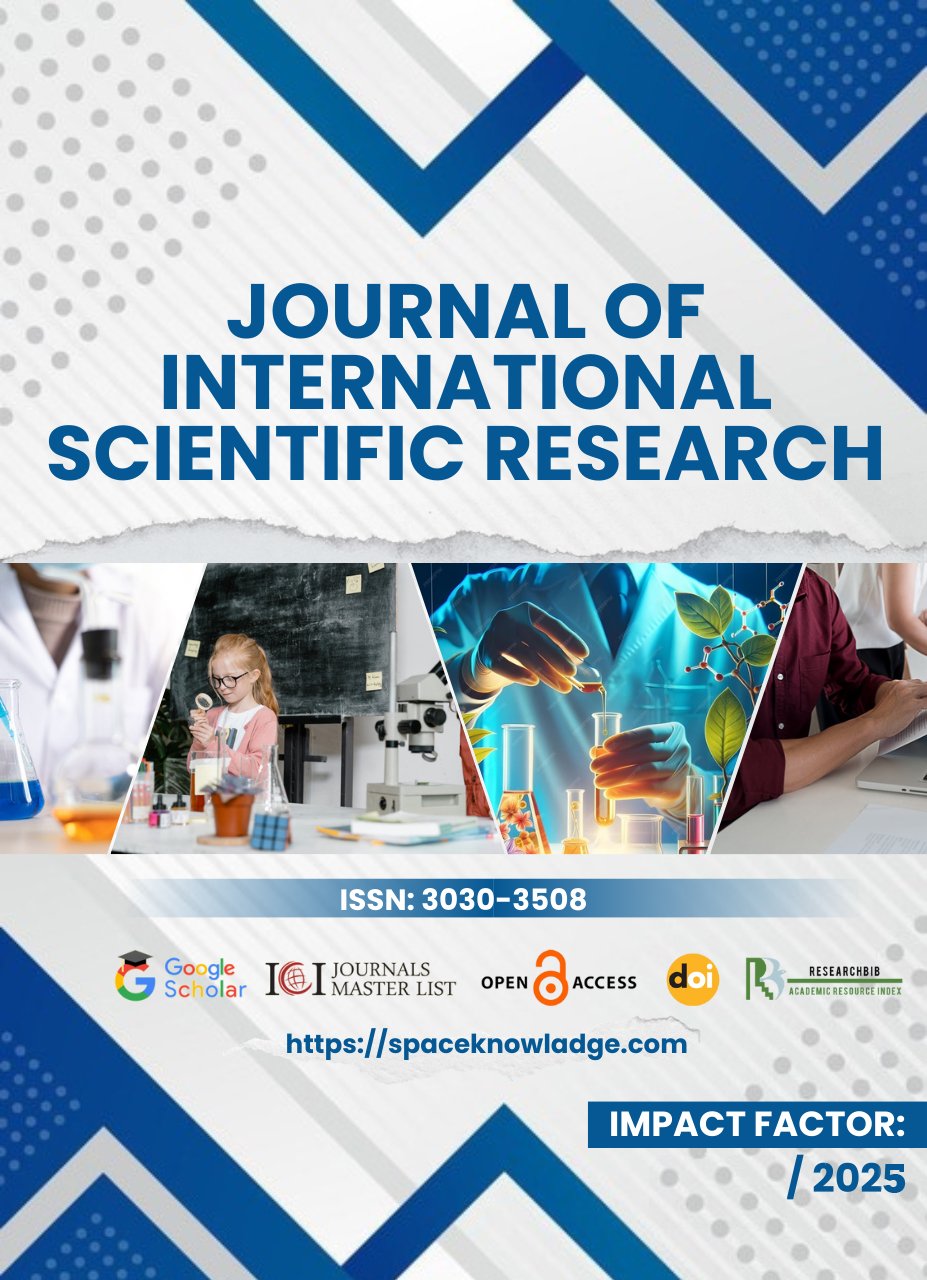MECHANISMS OF DEVELOPMENT OF VIRAL HEPATITIS AND LIVER FIBROSIS: A REVIEW OF SCIENTIFIC LITERATURE.
Keywords:
viral hepatitis, liver fibrosis, hepatitis B, hepatitis C, cytokines, immune inflammation, stellate cells, biomarkers, pathogenesis, treatment strategies.Abstract
This article analyzes the pathophysiological processes caused by viral hepatitis in liver tissues and the mechanisms underlying the development of fibrosis. Viral hepatitis, particularly hepatitis B and C infections, not only directly damage hepatocytes but also enhance chronic inflammatory processes through excessive activation of the immune system and the release of cytokines and profibrotic mediators. Moreover, the activation of hepatic stellate cells, excessive accumulation of extracellular matrix proteins, and the formation of irreversible morphological changes in tissues play a crucial role in the progression of fibrosis. Based on a review of scientific literature, the article highlights the molecular and cellular mechanisms involved in the pathogenesis of fibrosis, as well as the potential of modern biomarkers for its detection and early diagnosis. The paper also summarizes ongoing research on novel diagnostic and therapeutic approaches and emphasizes their clinical significance. The findings may serve as an important scientific resource for young researchers aiming to deepen their understanding of viral hepatitis and liver fibrosis, as well as to improve treatment efficacy.
References
1. Dienstag J.L. Hepatitis B virus infection. N Engl J Med. 2008;359(14):1486–1500.
2. Lavanchy D. The global burden of hepatitis C. Liver Int. 2009;29(S1):74–81.
3. Bataller R., Brenner D.A. Liver fibrosis. J Clin Invest. 2005;115(2):209–218.
4. Friedman S.L. Hepatic stellate cells: protean, multifunctional, and enigmatic cells of the liver. Physiol Rev. 2008;88(1):125–172.
5. Sherman M. Hepatocellular carcinoma: epidemiology, surveillance, and diagnosis. Semin Liver Dis. 2010;30(1):3–16.
6. Asratov A.A., Qodirov U.I. Gepatit kasalliklari va jigar patologiyalari. Toshkent: Tibbiyot nashriyoti, 2016. – 245 b.
7. Poyanmehr R., Kiafar F., et al. Mechanisms of liver fibrosis in chronic viral hepatitis. Hepatol Int. 2017;11(1):3–15.
8. European Association for the Study of the Liver (EASL). Clinical Practice Guidelines: Management of hepatitis C virus infection. J Hepatol. 2018;69(2):461–511.
9. Sarvari J., Karimi G. Hepatitis C and liver fibrosis: from pathogenesis to novel therapeutic approaches. Curr Pharm Des. 2019;25(34):3622–3632.
10. Karimov B.B., Tojiboev H.M. Yuqumli kasalliklar. Toshkent: Ibn Sino nomidagi nashriyot, 2015. – 312 b.
11. Marcellin P., Kutala B.K. Liver diseases: A major neglected global public health problem requiring urgent actions and large-scale screening. Liver Int. 2018;38(S1):2–6.
12. Ghany M.G., Morgan T.R. Hepatitis C guidance: AASLD-IDSA recommendations for testing, managing, and treating adults. Hepatology. 2020;71(2):686–721.





